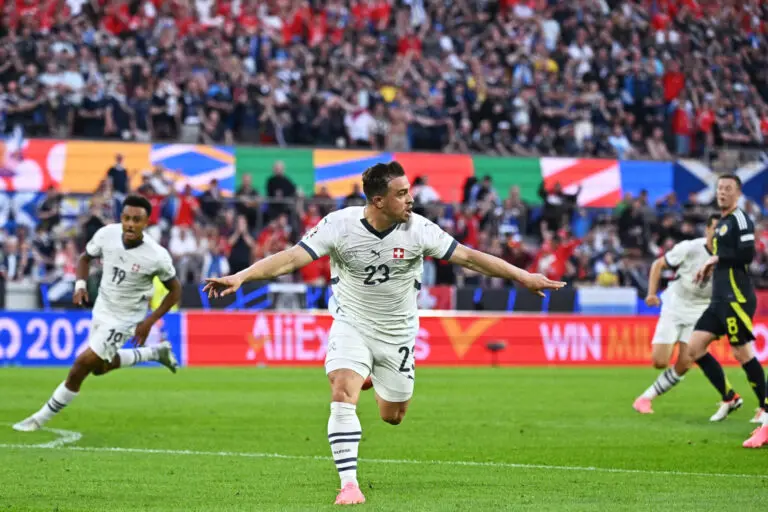Phoenix Clubs: 3 MLS Teams That Died And Returned
“Phoenix Clubs” are formed when a football club fails in a business sense and the supporters who want to continue the legacy of their team decide to set up another club (often with a similar name, kit, and badge to the old club).
Filing for bankruptcy and liquidation are common causes of the creation of these clubs, but of course, there are other reasons as well.
Over the years, we have seen many teams across Europe fall into this category. However, the MLS is a haven for “Phoenix Clubs,” and in this article, we will discuss the top three.
3 MLS Phoenix Clubs That Came Back From The Brink
San Jose Earthquakes
The original San Jose Earthquakes were founded in 1974 and competed in the North American Soccer League (NASL) for the first 10 years of operation until they made the switch to the Western Soccer Alliance (WSA) from 1985 until 1988, when the original club was dissolved. In 1989, the San Jose Hawks succeeded the club before the former owner, Daniel Van Voorhis, led a San Jose bid group that was successfully awarded a place in Major League Soccer five years later, in 1994.
Interestingly, the Quakes played in and won the first-ever MLS game, beating DC United 1–0. Since then, two MLS Cup titles and two Supporters’ Shields have been added to the trophy cabinet alongside three Western Conference titles.
However, in 2005, the owners of the club planned a relocation to Houston after struggling to secure a permanent football-specific stadium. The league considered this an expansion team, and the Houston Dynamo were born, but after a two-year hiatus, the Earthquakes resumed play in 2008. PayPal Park was built in 2015, and San Jose home fixtures have been played there ever since.
The current San Jose Earthquakes are this California city’s very own “Phoenix Club!”
Vancouver Whitecaps
The Vancouver Whitecaps have reformed three times since the original club was founded in 1973 and joined the Northern American Soccer League (NASL) a year later, in 1974. Crowds of 32,000 were consistently attending matches, and a NASL title was celebrated in 1979.
Following the demise of the NASL, the Vancouver Whitecaps folded in 1984 but returned just 2 years later as the Vancouver 86ers in 1986. Later renamed to once again become the Vancouver Whitecaps, they competed in the top flight and second tier of US and Canadian football until 2010.
A year earlier, an ownership group in Vancouver was granted permission to become the latest expansion franchise in the MLS for the 2011–12 season. This meant that the 1986 Vancouver Whitecaps were dissolved, and the current side lived on playing in the BC Place multi-purpose stadium.
Portland Timbers
Portland Timbers are no strangers to a resurrection from the ashes, having done so an extraordinary four times in their history. The first club competed in the Northern American Soccer League (NASL) in the 1970s and the early 1980s before ceasing to exist in 1982.
In 1985, the second Oregon-based team was born, named FC. Portland. This was a semi-professional outfit that competed in the Western Soccer Alliance (WSA) and the American Professional Soccer League (APSL). However, it did not last long, as the club officially folded in 1990.
Football in the city was then dormant until the third club was born in 2001, when the USL Timbers were created. They competed in Division Two USL Pro, finishing at the top of the table twice before once again ceasing to exist in 2009.
The fourth and current Portland Timbers were brought into existence after the city was finally awarded an expansion team in 2009. The process had been gruelling and extremely time-consuming for current owner Merritt Paulson, who was told a new stadium was needed in order for their wish to be granted. PGE Park was upgraded and made suitable enough for the MLS to grant them a franchise.









2 Comments